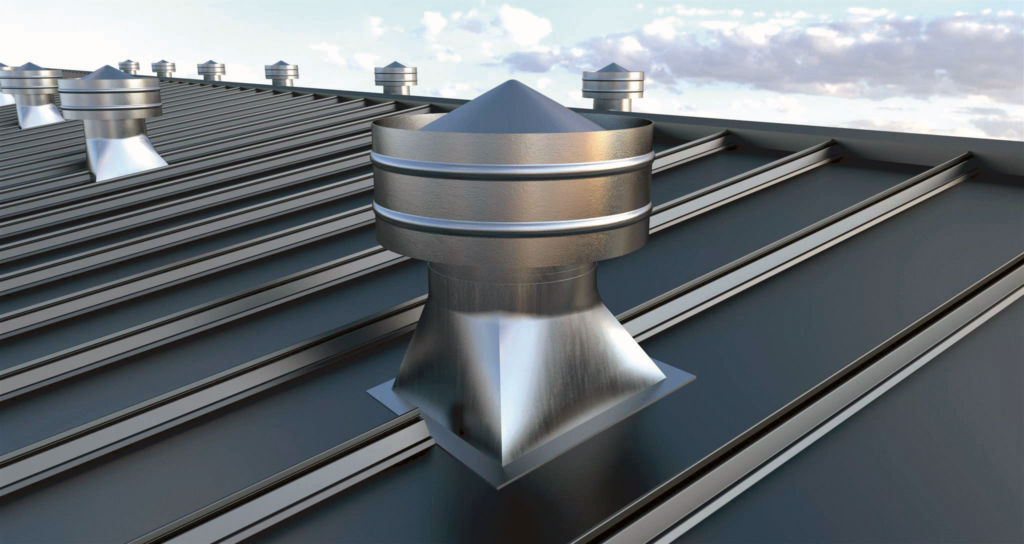What You Need to Know About the Stack Effect
If you’ve ever noticed that the attic in your house is warmer than the floors below? If so, then you’ve seen the stack ventilation in action. Stack effect ventilation uses this same principle to ventilate a building naturally. By taking advantage of the differences in air density inside, outside, and throughout the building a space can be made cooler.
Stack Effect and Natural Ventilation
Many large commercial and industrial buildings utilize natural ventilation. By designing their building to vent the warm, stagnant air through the rooftop, and replace it with cool, fresh air the building is made cooler and more comfortable. This process is also known as the “Chimney Effect”, as it works the same way.
What is the Stack Effect?

When the air at the floor level of a building is warmer than the air at the ceiling, it is naturally compelled to flow upward. Chilly air is denser so it falls to the floor and/or will move into a building where the air is warmer.
This is a result of the density of the air particles at a molecular level. Warm air is less dense and as such rises upward. Different temperatures of air rise or fall accordingly. The particles tend to rest at various levels and “stack” one on top of the other.
The benefit of having more than one opening in the building, one low and one high, is to achieve a natural flow of air. If the temperature inside the building is higher than the temperature outside, the warmer air will naturally flow up and out through the higher opening. The resulting vacuum draws cool air in in through the lower opening. Installing natural ventilators on a building’s roof, and wall louvers near the floor, allow for this air to easily travel through the building.
How Well does Stack Effect Ventilation Work?
Above all, the most crucial factor in determining the effectiveness of this type of natural ventilation is dependent upon the size of the building. If the building’s ceiling isn’t that high than the warm air is not actually moving away from the inhabitants. In these situations, ventilating with the chimney effect has negligible impact. Stack effect ventilation requires a high ceiling to work properly.
The amount of heat in the building also plays a part. A building with a high-temperature process (glass furnace, steel caster, etc.) heats the air faster. This increased rate means that the air in the building turns over more times per hour. Consequently, buildings with less heat, like a distribution center, may see less benefit. That isn’t to say that lower heat buildings can’t utilize natural ventilation. These building might just require a different vent configuration or powered intake air.
In short, stack effect ventilation can make a dramatic difference in any facility. Directing warm air away from the personnel, and letting it escape through the roof, will have a significant impact on temperature. Furthermore, technological advancements, such as CFD air-flow computer modeling, can make predicting the impact of natural ventilation easier to see
The Pros and Cons of Stack Effect Ventilation
PROS
- Does not require the wind to be blowing. Works even when the air is complete
- Utilizes natural elements (Temperature and Gravity)
- No Operating Costs.
- No Emissions / No Energy Consumption.
CONS
- Cannot completely control temperatures. The impact depends on exterior temperatures.
- Can bring dust or polluted air into buildings
In conclusion, it’s important to weigh the Pros and Cons of stack-effect ventilation. See if your building can benefit from environmentally friendly ventilation by contact us today. Our design team is confident that we’ll find the right system design for your facility.
